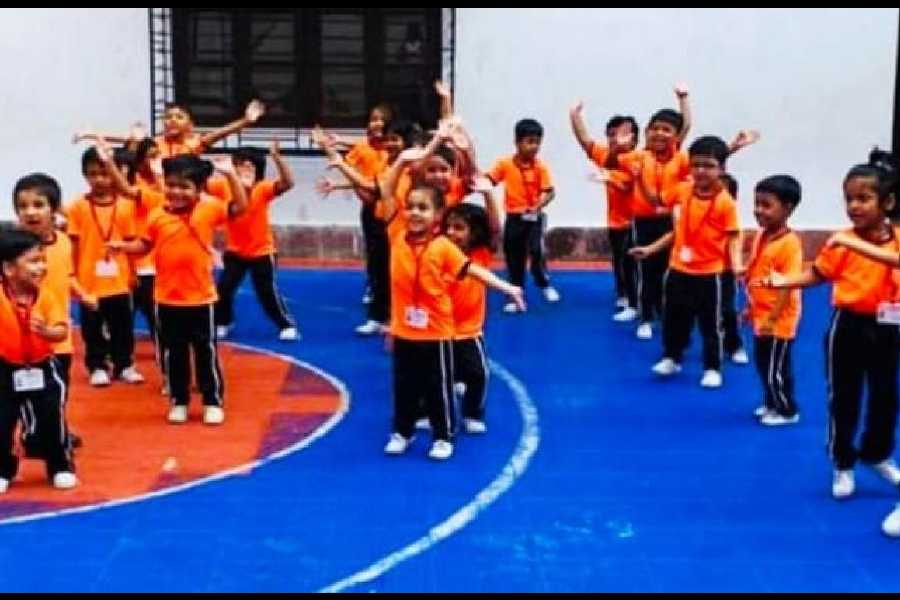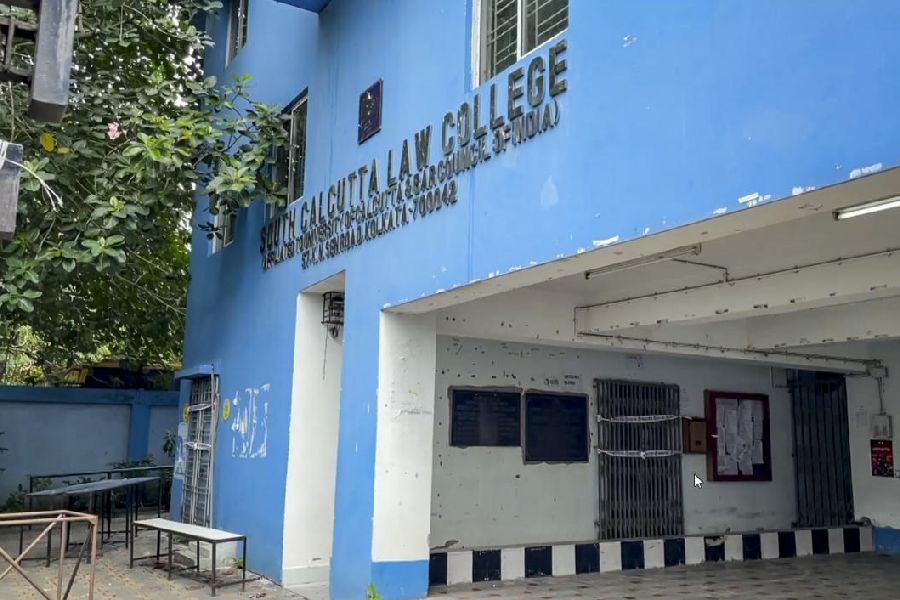 |
 |
| Maoist supporters at the rally in Kathmandu. (Above) A young supporter waves a flag during the rally. (AP) |
Kathmandu, June 2: This day five years ago, thousands of people were out on the same Kanti Path near the Narayanhity Palace.
They were sad and angry over the massacre at the palace the previous night.
They cried revenge at the then Prince Gyanendra, whom they suspected to be behind the murder of the family of King Birendra, his brother. They battled the police and the army around the palace and elsewhere in the city.
Today, several hundred thousand people were on Kanti Path again on their way to Tudikhel, Kathmandu’s Brigade Parade Ground, where the Maoists held their first public rally in the city since the popular uprising against King Gyanendra in April.
They were in a festive, celebratory mood, singing and whistling on their way. At the meeting, there were scores of Maoist “journalists” in their white caps, several of them busy broadcasting the meeting’s proceedings live to their own Radio Republic stations in 37 districts across the country.
The contrasts in the two June scenes could hardly be starker.
Today, small army units stood by around the lonely palace. The change showed on their relaxed faces, body language and, most tellingly, on the emblems on their vehicles, on which the “royal” was blacked out from the army’s name. It is now just Nepal Army, not the Royal Nepal Army it had been until a few days ago.
It is the same story for police outfits. The “royal” has disappeared ? or is disappearing ? from the names of all offices, institutions and even public places. The Royal Chitwan National Park, a popular tourist resort, for instance, has the touch of majesty struck off its name. The King Mahendra Raj Marg, the 1,060-km national highway running through the entire Terai region in the south, is now the East-West Highway.
If the dropping of “royal” from names is one symbol of the historic change, there was an even more dramatic one at the mammoth Maoist meeting. The people came in their hundreds from seven districts close to the Kathmandu valley.
They filled every bit of space on and around the ground and the rooftops of surrounding buildings. Many even climbed the trees around the ground. The symbolic takeover came when the endless stream of people spilled over to the adjoining ground that is called the Sainik Manch.
This ground, too, was part of Tudikhel and open to the people. About 17 years ago, it was taken over by the army ? hence its name. Only the royals and the army could use it since then. Today, that history was unmade.
As the main meeting ground filled up, the people pushed against the fence separating the Sainik Manch from the public ground. Maoist leaders called upon the armymen not to stop the people from moving over to the ground of the Sainik Manch. No sooner had they said so than the people climbed the fence and poured into the ground.
“We’ve taken the Sainik Manch,” the fiery Maoist students’ union leader, Lekhnath Neopani, told the cheering crowd. “We’re powerful enough to capture the durbar also. The headquarters (meaning Maoist leader Prachanda) has only to give us the order.”
The crowd cheered as lustily when “Pravakar”, one of the four deputy commanders of the Maoists’ armed wing, the People’s Liberation Army, said: “We can also capture the palace peacefully.”
The loudest cheers were, however, for Prachanda’s father when he was introduced to the crowd. And, the cheers would simply not stop for the many cultural troupes from minority, indigenous groups that sang and danced between the speeches. Cultural groups have been a vital instrument to the Maoists’ overground and underground organisational network. But, it was not all song and dance.
Speakers, who included Krishna Bahadur Mahara, leader of the three-member Maoist team for peace talks with the new Girija Prasad Koirala government, pointed out the problems ahead.
The Maoists demand the Koirala government as well as the parliament to go. They want a national convention, chosen from political parties, civil society, ethnic groups and other sections of the people, to form an interim government, which will draft an interim constitution.
The arrangement will run the country until a constituent assembly drafts a new constitution and holds fresh elections in accordance with the provisions of the new constitution.
The mainstream parties do not agree on any of these Maoist demands, except that they all agree to the formation of a constituent assembly.
It is, therefore, too early to celebrate in Nepal, says Padma Ratna Tuladhar, a leading human rights activist who acted as a facilitator for the peace talks between the Maoists and the then government in 2001 and in 2003. “It’s more an interregnum”, he says.










